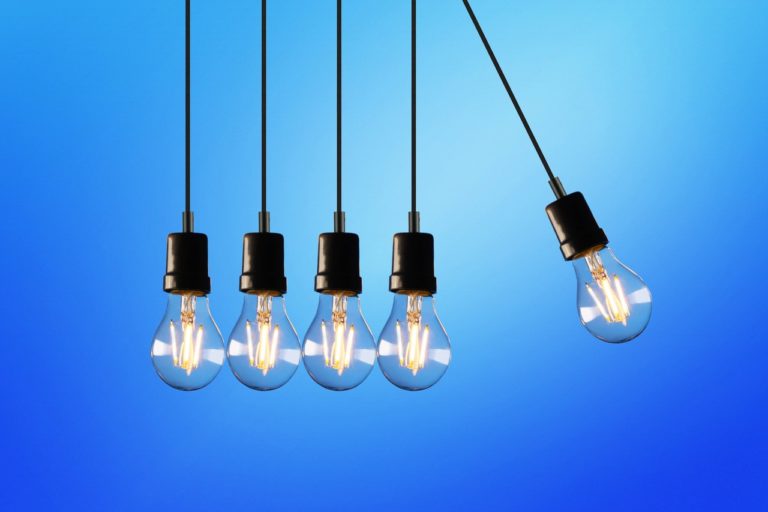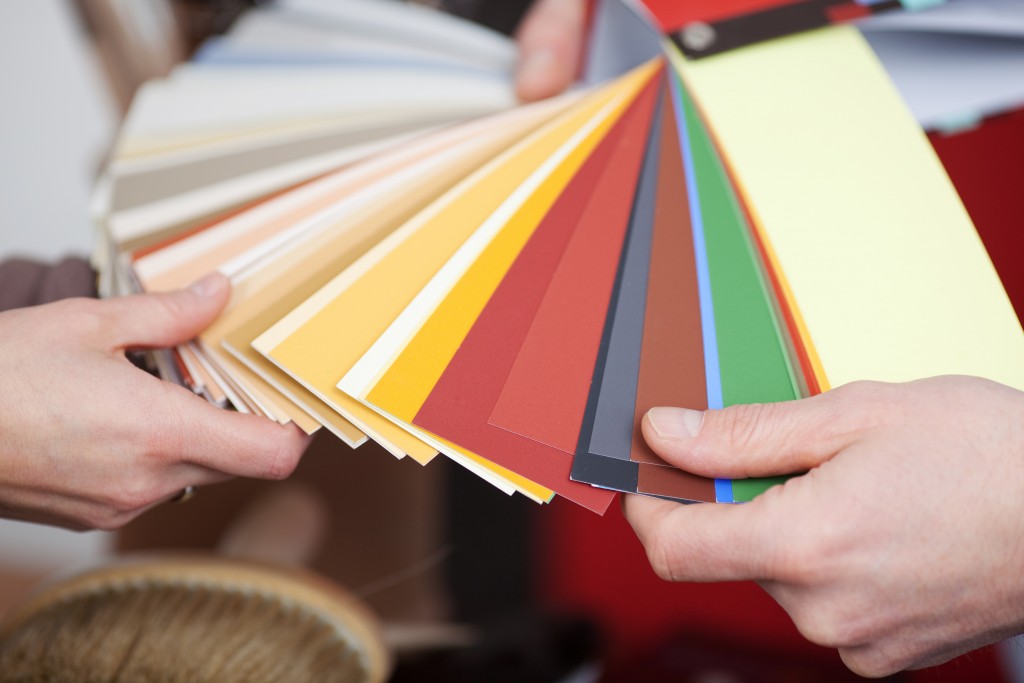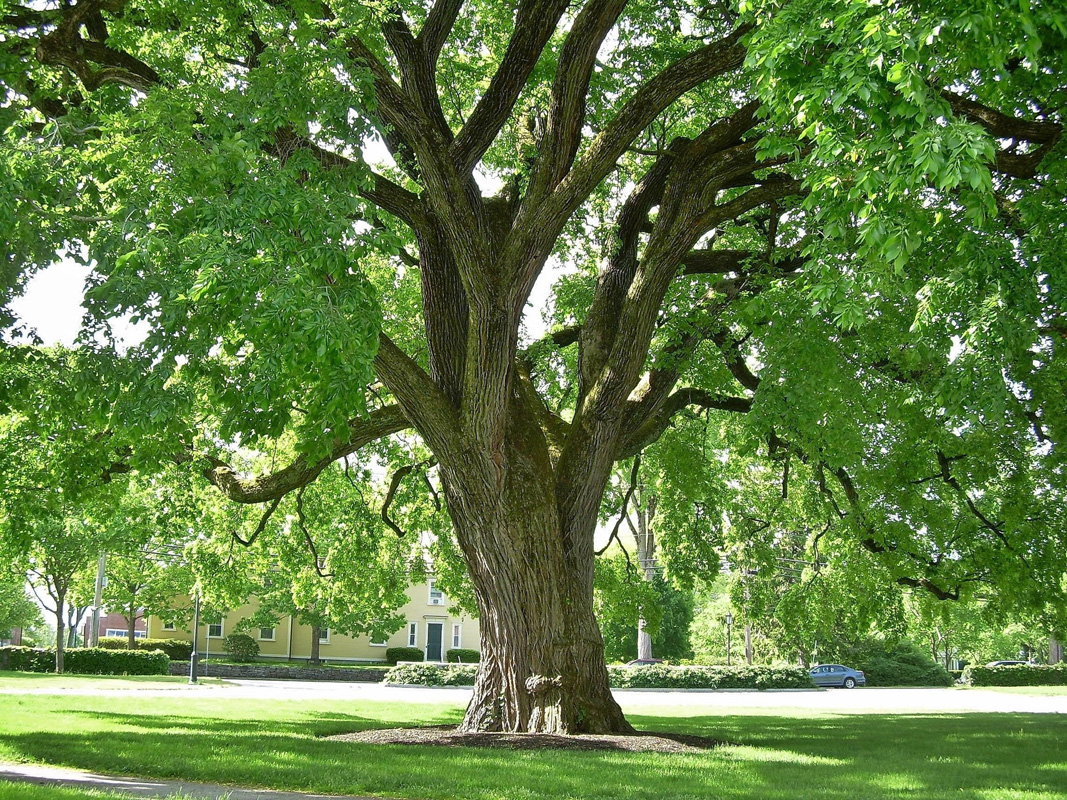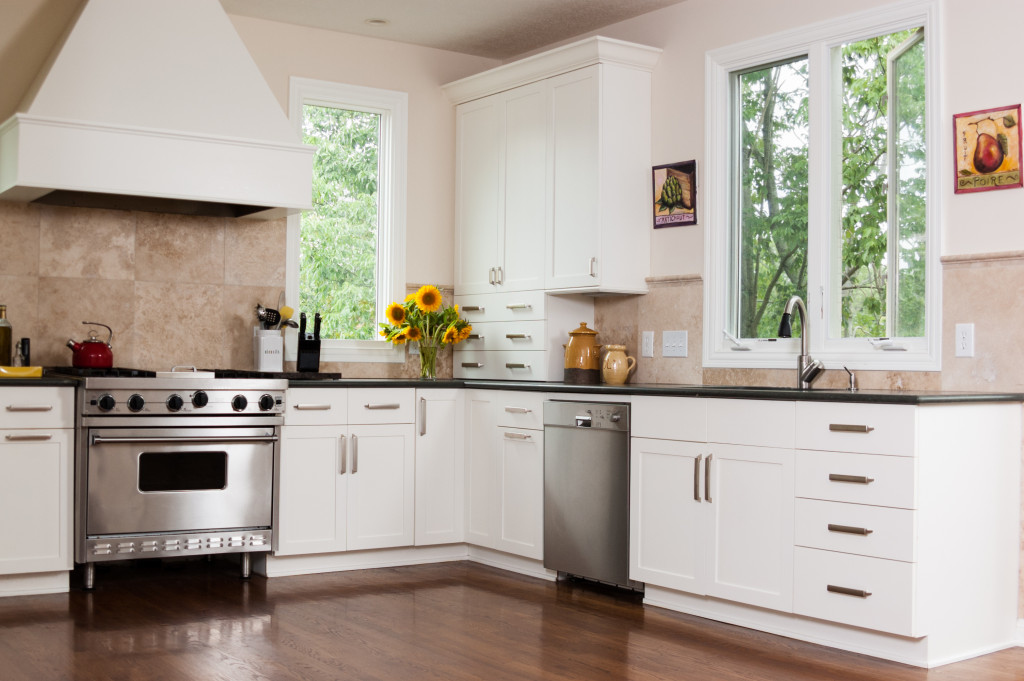An energy-efficient home lets you enjoy comfortable temperatures consistently throughout all seasons. It allows for indoor air to circulate freely while reducing indoor pollutants, dust, and allergy irritants to provide you and your family with a safe, healthy environment.
Even if you’re planning to resell your home in the future, you can still benefit from installing energy-efficient features. The advantages that come with sustainability and green living will increase your property’s appeal to prospective buyers.
Whether you’ve built your home from the ground up or bought it among the house and land packages in your area, it can be a great idea to incorporate measures that will keep your property energy-efficient. In addition to reducing your carbon footprint, these steps will help make your home more comfortable and lower your utility bills.
So, are you planning on making your home more eco-friendly and energy-efficient? Here are some things that you might want to consider.
Insulate Your Rooms
Insulation will help you stay warm during winter and cool during summer. It is also an effective way to save electricity.
According to experts, air infiltration can cause a building to lose 40% of its energy. With proper insulation, you can minimise such loss. At the same time, it will help reduce your utility bill since the insulation will keep your heating and cooling systems from working overtime.
Choose Light Paint Colours
Dark colours tend to absorb light and heat, while lighter ones reflect them. Painting your interior walls with soft hues will do wonders for your home’s cooling needs. You can use light-coloured paint, but neutrals, such as white, beige, and light gray, are often the way to go.
Light paint colours allow you to save on monthly electricity costs since you won’t need to keep the lights during the day. Apart from saving energy, light-coloured walls will make your rooms seem larger and more open.
Replace Your Traditional Lighting Fixtures With Energy-efficient Ones
Switching to energy-efficient lighting systems is another excellent way to cut your energy bills and minimise your carbon footprint. Consider installing Energy Star-approved bulbs and other lighting fixtures as these can reduce your home’s lighting energy use by 50%-75%.
Common energy-efficient light bulbs today include halogen incandescent, compact fluorescent lamps, and light-emitting diodes (LEDs). They are priced slightly higher than common lights, but they can help you save money because they often last longer while using less energy.

Upgrade to Energy-efficient Appliances
Another easy way to maintain an energy-efficient home is by using only eco-friendly appliances, especially in the kitchen. When you buy a new dishwasher or refrigerator, be sure to check not only the price tag but also the appliance’s estimated cost of operating over its lifetime.
While these energy-efficient models are relatively more expensive than the standard units, they have lower energy requirements (about 20% less for Energy Star-approved refrigerators, for example), which will save you money in the long run.
Install Window Coverings
Blinds and shades are useful during warmer months. They’ll help keep your home’s temperature cooler and reduce the workload of your AC.
Install an Energy-efficient Heating and Cooling System
Heating and air conditioning systems are generally the biggest consumers of energy in any building. When choosing a unit for your home, get one that comes with a power-saving setting. It will let you conserve electricity by turning off the compressor and fan as soon as the room has cooled off.
Taking a step towards an eco-friendly home can go a long way in creating a comfortable living condition. With these steps, you can easily make your property energy-efficient while reducing your utility bills.






